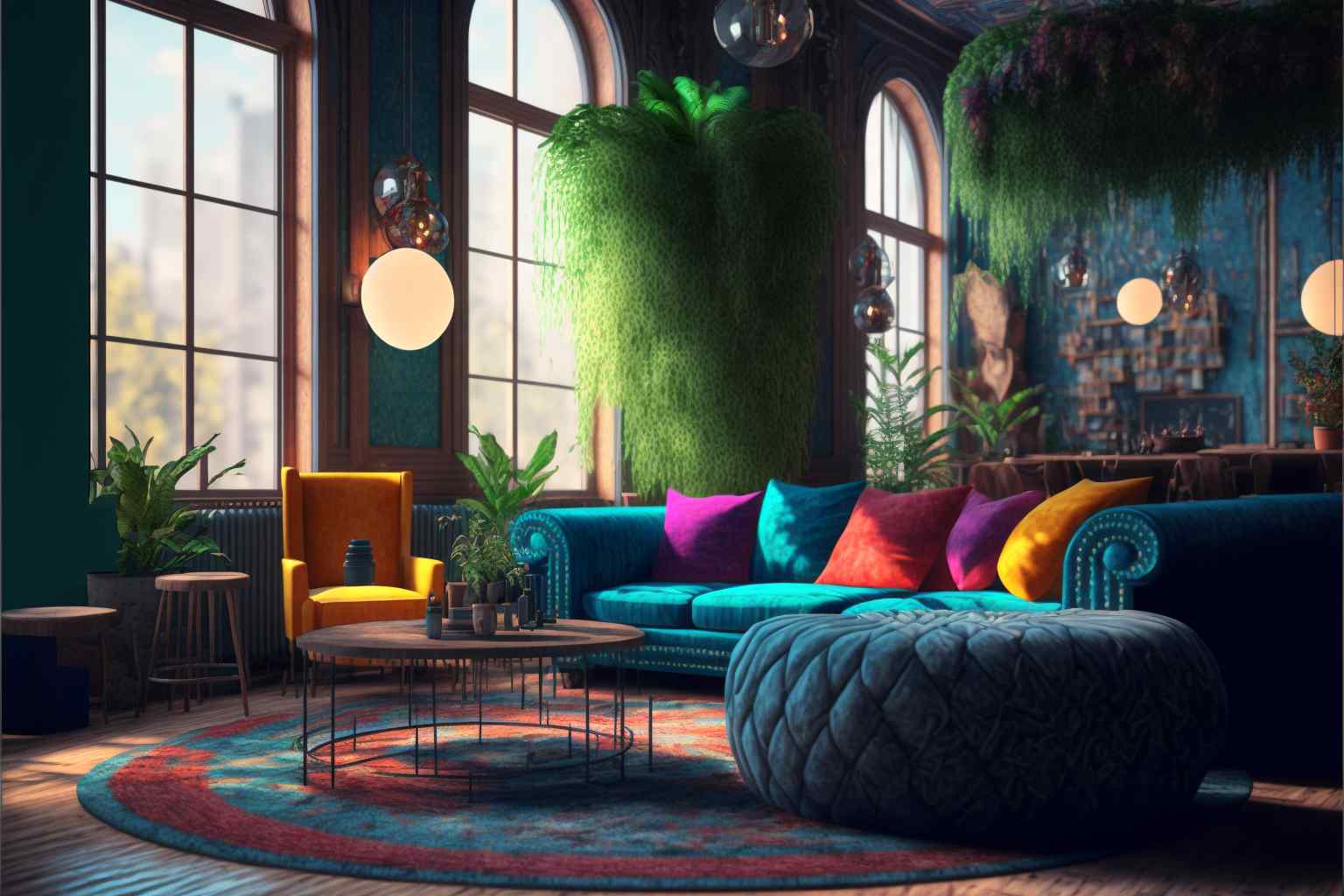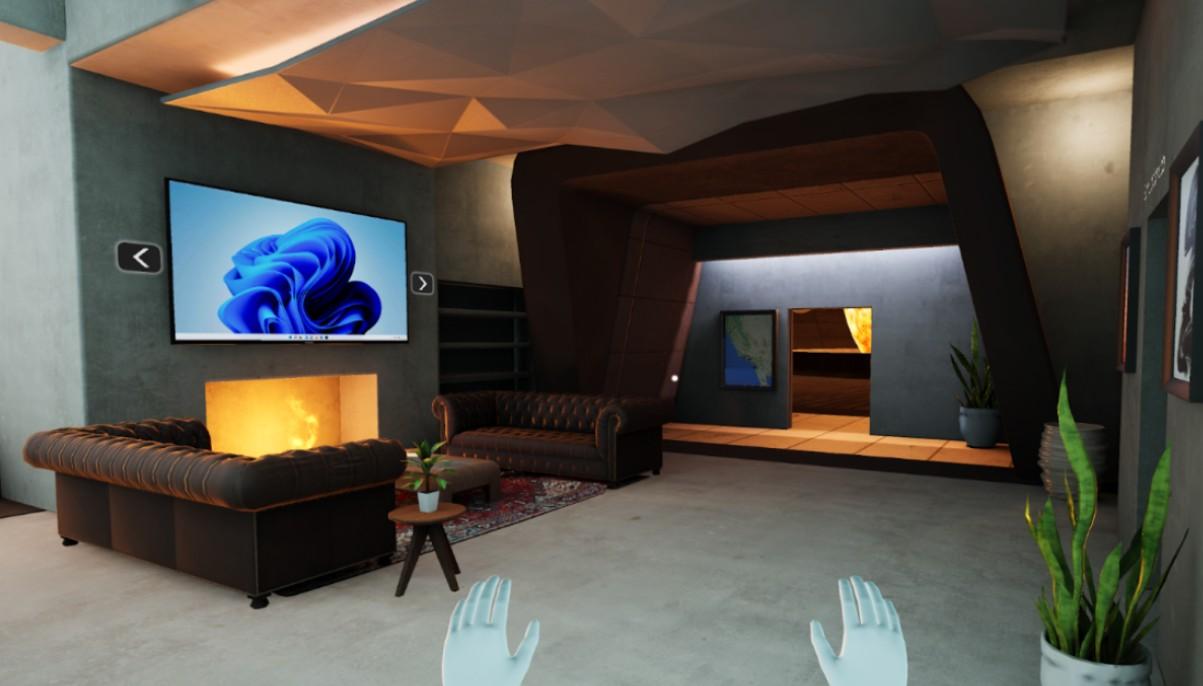In today’s piece, we’ll explore some of the most important factors in architecture for creating comfortable and inspiring spaces, and how these lessons can be applied to the design of 3D spaces for virtual reality. From the use of natural light and color, to the layout and decor, every element plays a role in the overall atmosphere and mood of the space. In the virtual world, these same principles apply, and by considering them and incorporating them into the design of 3D spaces for VR, we can create virtual environments that are comfortable, inspiring, and enjoyable for users. So without further ado, let’s dive into the details of how we can create the ultimate virtual experience.
1) Light
The presence of natural light can have a big impact on the overall feel of a space. It can create a sense of warmth and cheer, and can help to lift our moods. In 3D spaces for virtual reality (VR), we can use light sources and reflections to mimic the effects of natural light and create a more immersive and realistic experience. For example, we can use directional lights to simulate sunlight coming through a window, or we can use ambient light to create a softer, more diffuse lighting effect. We can also use reflections on surfaces like floors and walls to create a sense of realism and depth.
2) Color
The use of color can greatly affect the atmosphere and vibe of a space. Warm, neutral tones are often inviting and can create a sense of calm, while bold, vibrant colors can be energizing and inspiring. When designing 3D spaces for VR, it’s important to consider the purpose of the space and choose colors accordingly. For example, a virtual meditation room might benefit from a calming color scheme of blues and greens, while a virtual dance party might be more suited to bold, vibrant hues. We can use color to create mood and atmosphere, and to draw the user’s attention to specific areas or objects within the space.

Virtual Design: Light, Texture, Color
3) Texture
Adding texture to a space through the use of materials such as wood, stone, and fabric can have a big impact on the feeling of an environment. In 3D spaces for VR, we can use texture maps and shaders to create the illusion of texture on surfaces and objects. Texture maps are images that are applied to 3D models to give them the appearance of texture and detail. Shaders are algorithms that calculate how light interacts with the surface of an object, and they can be used to create a variety of different texture effects. By using texture maps and shaders, we can create realistic and immersive 3D spaces that feel more tactile, rich and lifelike.
4) Layout
An open, well-organized layout can make a space feel more welcoming and easier to navigate. When designing 3D spaces for VR and interactive experiences, it’s important to consider the user’s perspective and create a layout that is intuitive and easy to navigate. This may involve using clear headings, organized menus, and a consistent design aesthetic to guide the user through the space and help them find what they’re looking for. A well-designed layout can also help to create a sense of flow and movement within the space, making it more enjoyable to explore.
5) Decor
Art and decor can add personality and character to a space, making it feel more unique and inspiring. In virtual spaces, we can use 3D models and textures to create custom art and decor that reflects the theme or purpose of the space. This might include virtual paintings, sculptures, or other decorative elements that help to create a sense of character and individuality within the space. By using art and decor, we can make a virtual space feel more personal, inspiring, and meaningful to the user.

Virtual Office in Axon Park
6) Comfort
A space that feels comfortable is often more welcoming and inviting. In 3D spaces for VR, we can use ambient sounds and music to create a comfortable and immersive atmosphere. By choosing sounds and music that are soothing and relaxing, we can help to create a sense of calm and tranquility within the virtual space. We can also use other environmental factors to create a sense of comfort and well-being. For example, we can use virtual fans to create the sensation of a cool, refreshing atmosphere, or we can use virtual fireplaces or heaters to create a warm, cozy feeling. By considering these comfort factors and incorporating them into the design of 3D spaces for VR, we can create virtual environments that are inviting and enjoyable for users.
In conclusion, the design of a space can have a big impact on how comfortable and inspiring it feels. By considering factors such as natural light, color, texture, furniture, layout, art and decor, and comfort, we can create environments that are welcoming, uplifting, and enjoyable. These same principles apply when it comes to designing 3D spaces for virtual reality, and by considering them and incorporating them into our designs, we can create virtual environments that are immersive, realistic, and truly memorable. So whether you’re an architect, a designer, or just someone looking to create a special virtual space, we hope that these tips have given you some ideas on how to make it the best it can be. Happy virtualizing!




